By Manzanillo Sun Writer from the March 2013 Edition
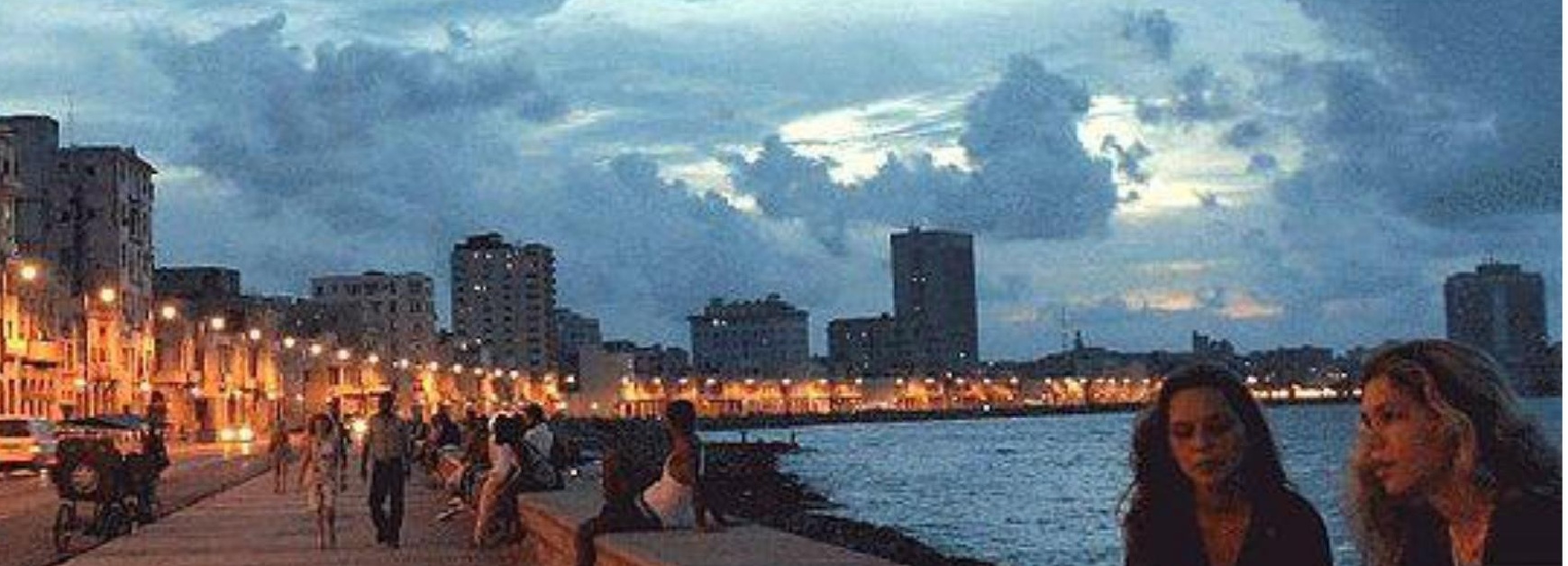
The first thing that strikes you as you arrive in Havana is the darkness. The airport appears to be lit with 25-Watt bulbs and the drive into the city (at night) is as black as the road through an American forest. The occasional house gives off a dim glimmer of light but most are hidden in the gloom. Even on arrival in the city, one is struck by the dimness and obscurity.
And then suddenly, a great blaze of light! The travel agent in Montreal has booked me into an old 19th century palace of a hotel. Enormous in size, it is bathed in flood-lit splendor. Its artistically sculpted façade would fit neatly into any district in Paris.
The lobby is redolent of past grandeur gone only a little bit to seed. The walls are covered with mementos of better times: photographs of various managers in the company of Isadora Duncan, Ernest Hemingway, Clark Gable, etc., etc. My room turns out to be a monument to past glory. Elegant furniture from the early 20th century not copies! the originals! and clearly very used. The bathroom is state of the art for 1910.
When I venture out on the street by daylight, the first things that hit me in the eye are the cars!!! It is not a legend that the 1950s are alive and well in Havana.
About half the cars on the road are old American models from the ‘50s and even the ‘40s. Some have been lovingly maintained in just rolled off the assembly-line condition. Others are rusted out hulks still somehow, inexplicably, on the road. There are also a large number of Japanese and Russian models much newer, but far less spectacular. A Russian-built Lada of any vintage shrinks into invisibility beside a bright red ’57 Chevy!
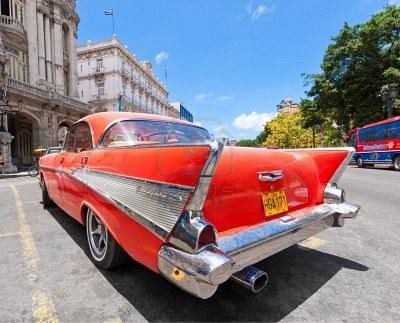
The second impression, after the cars, is the wealth of historic buildings in the city center. Havana has not experienced the urban renewal that most European and American Cities have witnessed over the last half century. The old 18th and 19 th century buildings are still there, many in a state of near ruin, but others, like my hotel, still in pretty good shape. The point of this is that when economic conditions change, and it becomes possible to rebuild the center of Havana, the Cubans, hopefully, can learn from our mistakes and renovate the old historic buildings, rather than tearing them down and starting over. There is an extraordinary wealth of historic architecture which could, in the right conditions, metamorphosize [sic] into a truly imposing city.
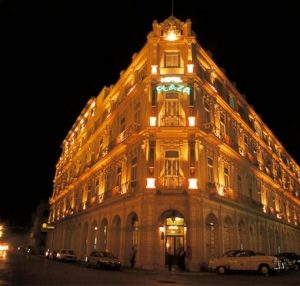
The mention of economic conditions brings me to the people and what I observed in their daily lives. Let it be said at the outset that communism really doesn’t seem to work for the ordinary people. It is clear that the man in the street has only a few pennies in his pocket. Drab government-run stores carry a meager selection of shoddy merchandise on scantily stocked shelves. There is no attempt to present an attractive, eye catching display. More upscale establishments particularly restaurants cater only to tourists. Their prices are many times what the local people can afford. An explicitly double economy exists: the convertible peso has approximately the same value as a US dollar. It is available to tourists only and the upscale establishments accept only this form of cash. A parallel currency, the Cuban peso, is worth only a fraction of the Convertible Peso. It is the only money accepted in the local stores. I tried to find out how a tourist could obtain the local currency, but no one could (or would) tell me.
The local people are friendly and welcoming in the extreme. Everyone is more than willing to pass the time of day with a foreigner and many invite you into their homes. Sometimes the friendly contact segues imperceptibly into a request for money or a suggestion that everyone should go to a restaurant together (which clearly, only the tourist could afford). But mostly, the people seem to be genuinely interested in making friends with outsiders and have no ulterior motive.
And while we are on the subject, how “ulterior” is it for a man who has no money in his pocket and nothing to eat to ask his new-found “friend” to buy him dinner? More than once, I was happy to invite people to share my evening meal.
The fact that nobody has any money hits you in the face at every turn. Even well educated, professional people with “good jobs” will tell you that their good job does not permit them to buy the basic necessities of life. I had a long conversation with a hospital lab technician who told me that the hospital provides him with meals, clothes (uniforms) and a few other necessities, but his only monetary payment amounts to about $10 per month. He lives with his parents because he can never to hope to have an apartment of his own.
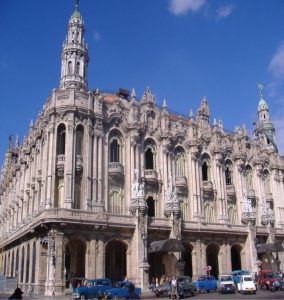
One obviously has to wonder to what extent these economic problems are the result of inherent weaknesses in the communist system and to what extent they are the result of the blockade which has isolated Cuba from all North American trade for over half a century. When President Kennedy first instituted the blockade in 1962 in the wake of the Cuban missile crisis, it was seen as a temporary measure to bring pressure on the Cuban government to adopt a less hostile attitude towards the West. In particular, it was hoped Cuba would cease to serving as a “Trojan Horse” for the Communist bloc. The general opinion was that Fidel Castro could not survive the blockade more than a few months and we would soon see a new, more friendly régime in Cuba. Well, fully 50 years later, Castro is still there and there has been little fundamental political change.
But on the international scene, there have been mighty changes: the Cold War is over; the Soviet Union has collapsed; Cuba cannot serve as a Trojan Horse for a political system that no longer exists. Today, it represents little military threat to its neighbors. And yet the blockade remains. If someone had told John Kennedy that his “temporary sanctions” would still be solidly in place 50 years later, he would probably have fallen off his chair.
Their only effect now is to blight the daily life of a warm, friendly, and hard-working population and prevent the development of what could be a vibrant economy. The people are talented, educated, and industrious. Given a chance, they could build an economy to match their neighbors in the western world.
I think it is time we gave them a chance!
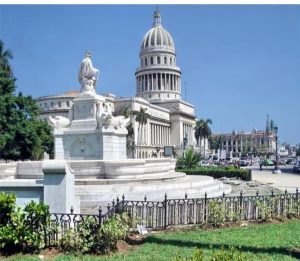
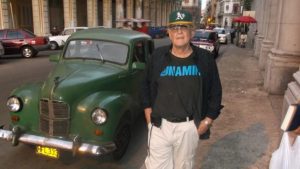
Download the full edition or view it online
Manzanillo Sun’s eMagazine written by local authors about living in Manzanillo and Mexico, since 2009
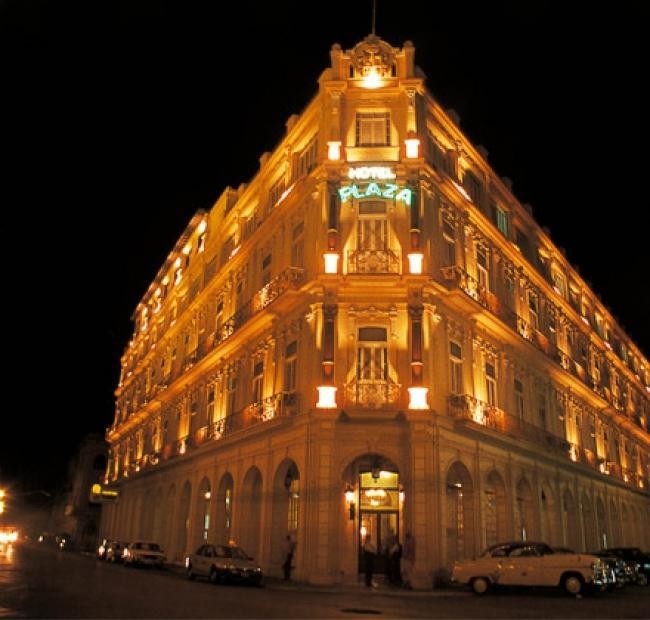


You must be logged in to post a comment.